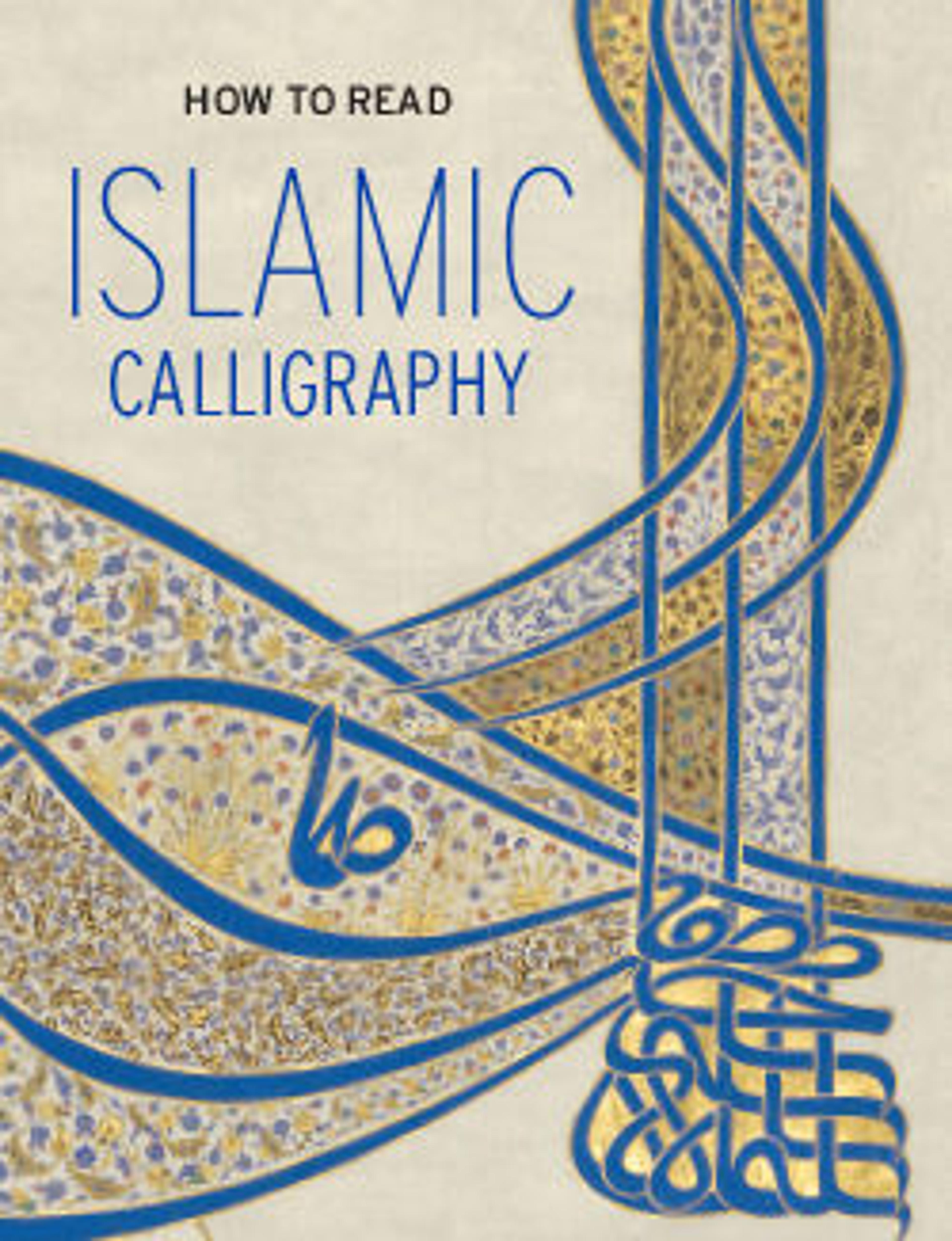Page of Calligraphy
Muhammad Shafi' (1779–1846), known as Vesal of Shiraz, is among the most celebrated and prolific calligraphers and poets of the Qajar period. He descended from a line of scribes who served at the local courts of the Safavid, Afshar, and Zand rulers. He was proficient in seven scripts, particularly in naskhi and nasta'liq. He is known to have copied over sixty Qur'ans in his lifetime, as well as manuscripts of other texts, and single and mashq pages. He specialized in revival naskhi in the style of late Safavid calligraphers, particularly Ibrahim Qumi and Ahmad Nairizi, considered the uncontested master of revival naskhi in Iran. This page contains excerpts from a Qur'an written in fine naskhi. There are eight diagonal lines of text in cream-colored ink between which an additional eight lines are written in reverse, in pink, yellow, and blue inks. The forward facing lines comprise the throne verse from the Qur'an (Sura 2, verse 255), and the colored letters are a continuation of the text through the next two verses. This work illustrates the Qajar calligrapher's preference for writing in an unprecedented range of colored inks on backgrounds of unusual color. It also reflects the penchant for writing in a multidirectional manner, whereby the reader is forced to turn the page around in order to read the text.
Artwork Details
- Title:Page of Calligraphy
- Calligrapher:Muhammad Shafi‘ known as Vesal-i Shirazi (Iranian, 1779–1846)
- Date:early–mid-19th century
- Geography:Made in Iran
- Medium:Ink, opaque watercolor, and gold on paper
- Dimensions:H. 9 in. (22.9 cm)
W. 5 5/8 in. (14.3 cm) - Classification:Codices
- Credit Line:Gift of Charles K. Wilkinson, 1979
- Object Number:1979.518.6
- Curatorial Department: Islamic Art
More Artwork
Research Resources
The Met provides unparalleled resources for research and welcomes an international community of students and scholars. The Met's Open Access API is where creators and researchers can connect to the The Met collection. Open Access data and public domain images are available for unrestricted commercial and noncommercial use without permission or fee.
To request images under copyright and other restrictions, please use this Image Request form.
Feedback
We continue to research and examine historical and cultural context for objects in The Met collection. If you have comments or questions about this object record, please contact us using the form below. The Museum looks forward to receiving your comments.
